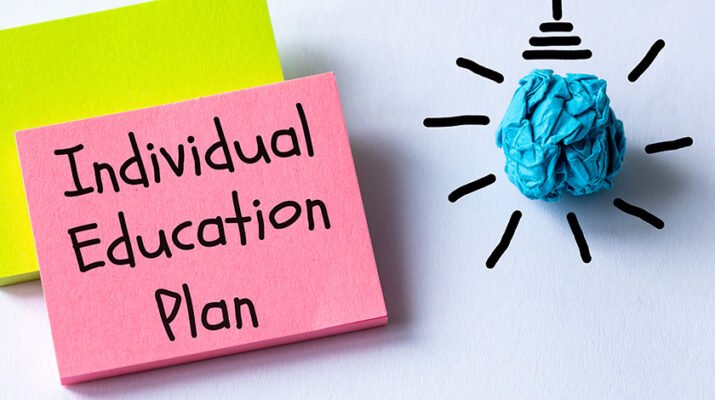By Deborah Jeanne Sergeant
Without special education, many schoolchildren would lack the types of support they need to seek an education at all.
“Special education teachers work with students who have learning, mental, emotional, or physical disabilities,” said Nick Filipowski, executive director of communications for Williamsville Central School District in East Amherst. “They adapt general education lessons and may directly teach various subjects to students with disabilities. A special education teacher is responsible for the educational needs of children with a wide range of disabilities. These children may also require a variety of different services, modifications and accommodations in their educational experiences.”
This may include children with physical, emotional, developmental and intellectual challenges.
Filipowski added that a special education teacher will “adapt general lessons to meet special education students’ needs; develop individualized education (IEP) programs for each student; plan activities according to each child’s abilities; implement IEPs and track their progress; and update parents, teachers, counselors and administrators with the students’ progress.
Lenwood Gibson Jr., associate professor of special education (educational and community programs) at City University of New York, said that in addition to supporting schoolchildren, special education teachers also help parents.
“Special education teachers communicate directly with parents about how their children are doing,” Gibson said. “Daily communication is sometime needed. Some teachers use a communication book that goes back and forth between school and home. They also provide quarterly progress reports to parents, and act as the liaison between home and school. They can answer parents’ questions and address concerns.”
Typically, the Committee on Preschool Special Education guides the education of special needs-identified children ages 3 to 5. No specific disability is stated on the school’s IEP (individualized education program). From ages 5 through 21, the IEP includes this information and the Committee on Special Education serves their needs.
As part of the IEP, special education teachers provide free, appropriate public education in the least restrictive environment. This means that the program is tailored to each child’s needs while still offering access to grade-appropriate curriculum.
The IEP will need adjusting periodically to meet the child’s changing needs. Procedural safeguards legally require that schools issue a prior written notice to articulate the nature of the changes and request their signature to approve the changes to the IEP. This also applies to denying or expanding special education services.
After the school receives a prior written notice signed by the parents, the special education department can start transitioning the child from the first IEP to the next, which could include more testing. This “roll-over” step is one way in which special education teachers can demonstrate their partnership with families.
“It is the primary mission of the special education department to work collaboratively with students, parents and educators to provide a free, appropriate, public education in the least restrictive environment for students with disabilities,” said Jeffrey Hammond, director of public relations and information for Buffalo Public Schools.
Any time parents do not understand their child’s IEP, they should reach out to their school’s special education personnel for clarity. They should keep in mind that educators specialize in instruction, but parents are the experts on their own children. Sharing what works and what doesn’t work at home may help special education instructors find ideal ways of helping kids learn better.
Special education teachers often use adaptive techniques and devices to help them instruct, depending upon the children’s needs.
The IEP could also include the delivery of therapy services at school, such as occupational, speech or physical therapy to help children learn better and offer a convenient way to receive such services.
The Legally Recognized Individualized Education Program Categories
• Autism
• Deafness
• Deaf-blindness
• Emotional disturbance
• Hearing impairment
• Intellectual disability
• Learning disability
• Multiple disabilities
• Orthopedic impairment
• Other health-impairment
• Speech or language impairment
• Traumatic brain injury
• Visual impairment, including blindness

